Attracting Birds to the Garden
The Robin - our quintessential poster bird for all things garden!
Birds in the garden are very welcome guests indeed.
Not only do you get the delights of the amazing Dawn Chorus (if you are up this early!), but they are also an important part of the ecology and health of the garden.
Seed eaters: Birds eat seeds. This means they eat weed seeds. What is not to like about this!
Pest eaters: Birds eat bugs – yes, they will eat good bugs, but they also eat garden pests that many people rid using chemicals. Don’t use chemicals – use birds!
Soil airators: Birds that peck around in the soil will keep the surface layers aerated. This makes for good soil structure, and good soil structure makes weeding easier.
Sign of a healthy ecosystem. If you have a good range of bird species visiting the garden, it means you have good plant diversity and good structural diversity (trees, shrubs, hedges, short grass, long grass, ponds etc.). You also have pollinating plants that bring in insects that the birds feed upon (the good old food chain!).
Good for mental health: Birds are known to facilitate good mental health. “After conducting extensive surveys of the number of birds in the morning and afternoon in the study area, Dr. Cox and co-authors found that lower levels of depression, anxiety and stress were associated with the number of birds people could see in the afternoon".
How To Attract Birds In Your Garden
Blackbirds will dig about in beds and borders and pick out various bugs and juicy worms. They don't feed off hanging feeders.
Attract Wildlife in General and the Birds will Come: Make sure you have a variety of habitats in the garden as well as a variety of plant species including native trees and hedges. Rough grass areas are good for invertebrates, so leave some areas to grow long and mow paths through – interesting textures in the garden design and also wildlife friendly. Ponds attract invertebrates – even a small formal pond will be a habitat – but if you can have a pond with a lot of undulating edges of different slope, the better as this will encourage an even greater diversity. Old wood (a rotting woodpile), bug hotels…leaf piles and compost areas (essentially rotting organic matter!) – all these encourage invertebrates.
Long grass (and if you are lucky some wildflowers) will attract a greater variety of invertebrates than short grass
Food – different species of birds eat in different ways. Some will feed off hanging feeders, others prefer the ground or a bird table. Make sure you offer food to birds – be this in bird feeder form or with plants (read more about what they like here). Make sure you regularly and thoroughly clean your bird feeders to reduce transmission of disease within your garden population.
Bird feeders help provide food in times of hardship - but make sure you provide a variety on surfaces as well hanging feeders.
Water – birds need fresh water for drinking and for bathing. Rainwater is better if you have it. Birds will bathe in the shallows of a pond, so making sure you have shallow shelves - even a formal pond - will support our garden birds.
Wildlife ponds attract birds because they are a habitat brining with wildlife and also a supply of water for bathing and drinking.
Shelter – Birds are shy and will prefer to access the garden via cover. Hedges, trees and shrubs will all help you encourage more birds around and into your garden. Ivy is a great friend to birds as it provides year round evergreen shelter, and also fruit that they eat in late winter when other berries are long gone.
Breeding – Birds need nest sites. They will nest in climbers such as ivy, trees, tall shrubs and well-positioned nest boxes. Different birds like different styles of boxes positioned in different places – so do some research to encourage a wider variety of nesting birds into your garden.
A list of our common garden birds (with links to helpful photos) can be found here
Go Native!
Shrubs to use in the garden (these can be used as hedges) include Hawthorn, Blackthorn, Hazel, Elder, Dog Rose, Wild Privet, Crab Apples and Guelder Rose. All these produce shelter and food for birds. June Berry (Amelanchier) and edible cherry trees will have their fruit stripped by birds as they ripen. The grand Oak hosts more insects that any other native UK trees, so love your oak if you have one, and if your garden is big enough – plant one for the future bird generations. Willows, Birch and Hawthorn are also known to support high insect diversity.
There are many other plants that support wildlife too, so you don’t need a fully native garden. Diversity is key, both in plant species and structure. Leave areas unmanaged if you have the space. Plant flowers with simple petals – double flowers mean they cant be pollinated, and some new breeds of flower are not great for pollen as they have been bread for colour and flower instead, so keep to species plants where possible.
Native trees attract birds because the host a variety of native invertebrates - a valuable food source for our native birds, as well as shelter and a potential nesting venue.
For more on Gardening for Wildlife – and supporting and encouraging in garden birds, see https://www.rspb.org.uk/birds-and-wildlife/advice/gardening-for-wildlife and http://www.wildaboutgardens.org.uk/index.aspx






